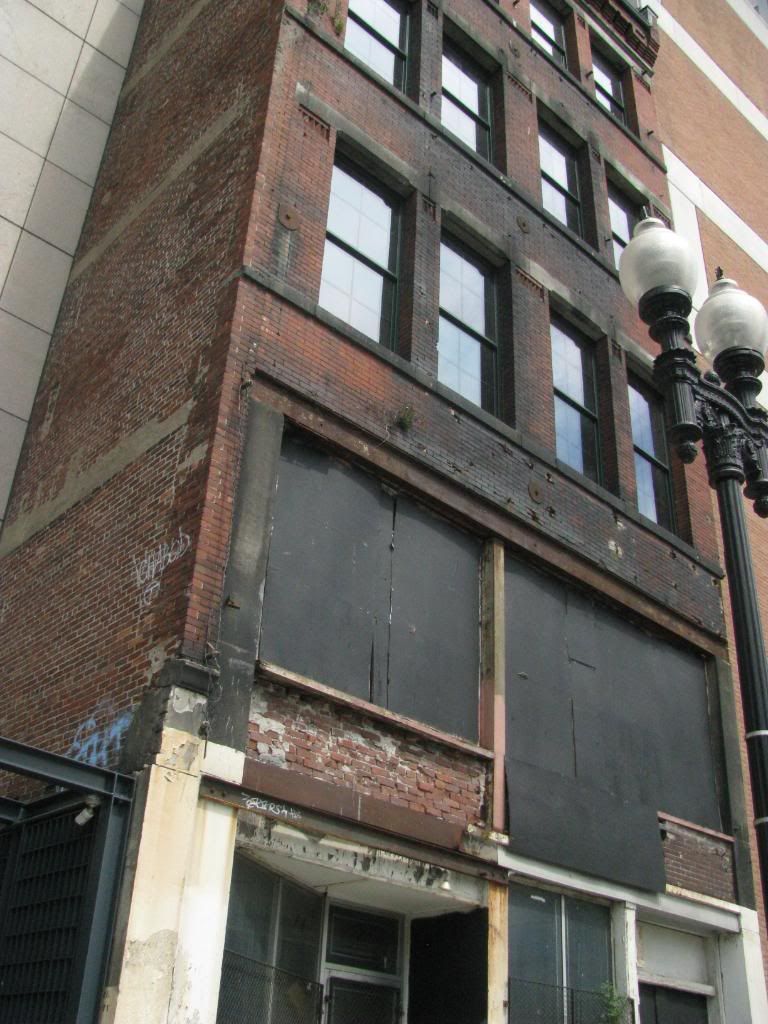City calling for Greenway-specific zoning rules
Goals are lively parks, careful development
By Casey Ross, Globe Staff | August 17, 2010
Boston officials are scheduled tonight to consider new zoning guidelines that would determine the size and shape of the skyline along the Rose Fitzgerald Kennedy Greenway.
The proposed rules would establish a framework for redevelopment in a central swath of the city, where officials want to prevent new building projects from forming a barrier between the Greenway and nearby Boston Harbor ? and casting shadows that they say would leave the area cold and unwelcoming.
In reviewing property around the Greenway, city officials concluded that developers could build as much as 3 million square feet of stores, residences, hotels, and offices in coming years.
Such development, they said, would have to complement surrounding city blocks as well as enliven the Greenway parks from the North End to Chinatown.
?The Greenway, first and foremost, is supposed to be a park, and a park that is a resource for the entire city,?? said Kairos Shen, chief planner for the Boston Redevelopment Authority. ?It also bears the responsibility of connecting the downtown to the harbor, so the Greenway has to be activated to generate life and activity.??
But how that latter goal is to be accomplished remains a source of heated debate.
Developer Donald Chiofaro has said the proposed rules would prevent him from building on the site of the Harbor Garage, where he has proposed two towers reaching 625 feet in height.
The proposed Greenway rules would limit buildings there to 200 feet, however.
?Two hundred feet is synonymous with the status quo,?? said Ted Oatis, Chiofaro?s partner. ?I?m hoping that the BRA board will follow a course of further consideration and seek a solution that would allow for constructive development.??
Chiofaro?s company is the development partner for the garage?s owner, Prudential Real Estate. Chiofaro has been locked in a dispute with Mayor Thomas M. Menino over redevelopment of the garage site.
He said City Hall is stifling imaginative redevelopment; the mayor said Chiofaro is trying to maximize profits at the expense of the Greenway?s aesthetics.
The BRA board will take up the proposed rules tonight, but officials said they are uncertain if members will vote on whether to approve them.
The board?s agenda includes consideration of several other development projects elsewhere in the city, including a proposed Liberty Mutual office tower in the Back Bay and a proposed hotel in the South End.
As part of a continuing effort to pressure City Hall, Chiofaro?s firm said it conducted an opinion poll that showed a majority of Boston voters support his proposed building plan, especially considering the jobs and tax revenues it would bring.
City Hall was not swayed.
?I don?t think anyone needs a poll to inform us that we want more jobs and development,?? said the mayor?s spokeswoman, Dot Joyce.
?Mayor Menino is elected to ensure they are good developments, not just buildings that make the rich richer and that leave out-of-scale projects on our waterfront for our future generations.??
More is at stake than Chiofaro?s plan, however. The proposed rules would shape development of 19 properties along the edge of the Greenway.
Some developers said the were pleased by the guidelines, noting they would allow for large buildings at select locations.
At the Government Center garage, for example, the city would permit construction of a complex of 400 to 600 feet, or roughly 40 to 60 stories.
?We?re just trying to focus on how these rules would be incorporated into a potential project here,?? said Thomas O?Brien, a former BRA director who is representing the owners of the garage site.
?I think the plan does a good job of preserving access to the Greenway while also enlivening it,?? he said.
Developer Ronald Druker, who owns buildings at the southern end of the Greenway near Chinatown, said the proposed new rules are reasonable.
The city?s plan would allow buildings between 80 and 175 feet in the area.
?That?s fine, as far as we?re concerned,?? he said. ?It?s been a thoughtful process.??
If adopted, the rules would guide developers considering new building proposals near the Greenway and allow city officials to push for changes if the plans exceed the prescribed limits.
But Shen said the ultimate goal is to write them into the city?s zoning code, which would give the city a stronger legal basis to reject projects that don?t comply.
City officials are planning to schedule additional public hearings in the next several months to begin the process of incorporating the proposed Greenway rules into the zoning code.
Casey Ross can be reached at
cross@globe.com.



